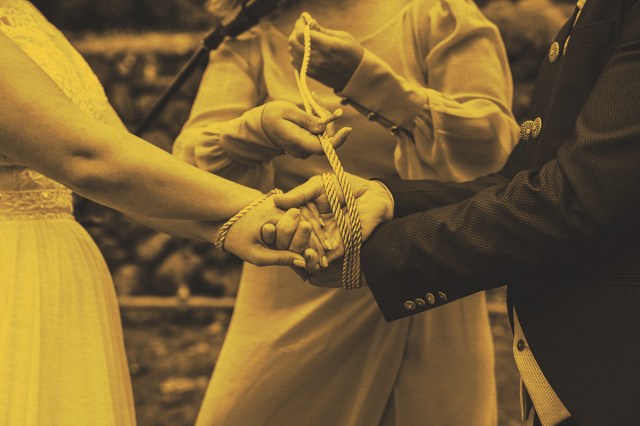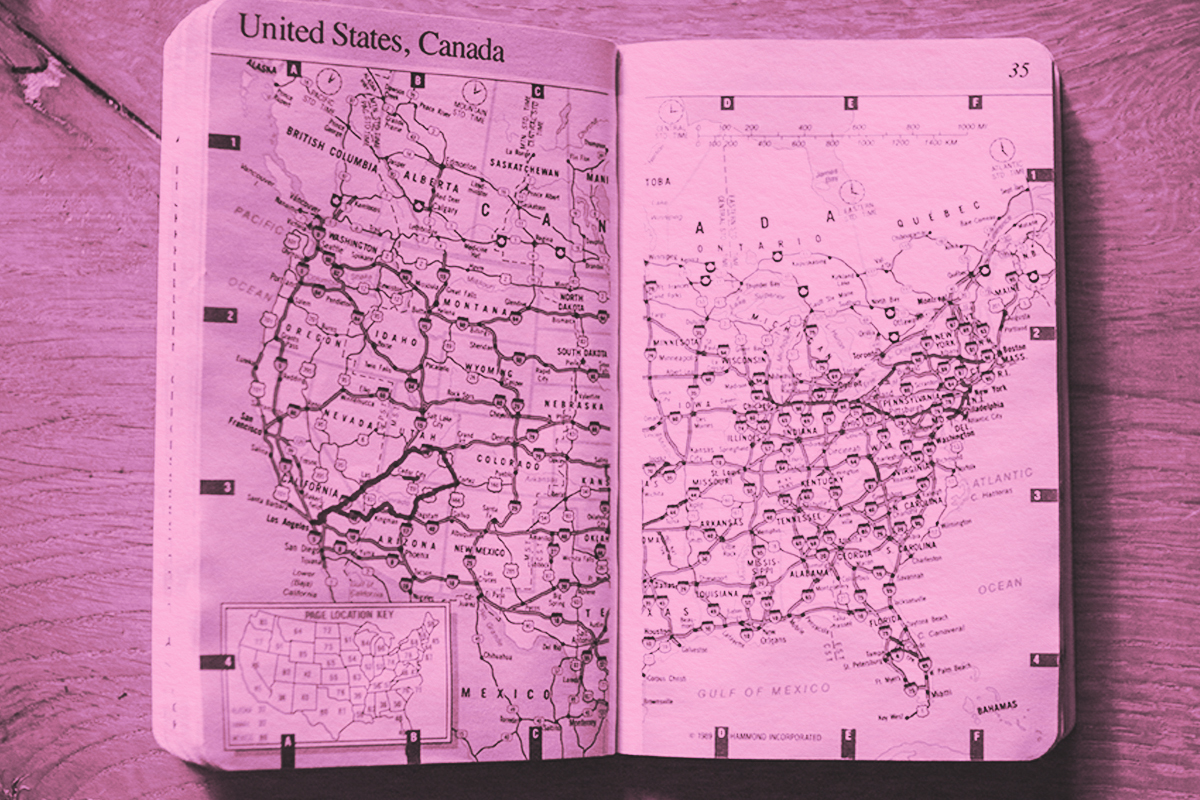
Every summer I spend at least a few weekends celebrating the marriages of close friends and family members. While my kids’ favorite part is always the cake cutting, I was struck by a wedding I went to last summer that included a ceremony of tying the bride’s and groom’s hands together with a cord. “Tying the knot” is a common metaphor for getting married, but the saying has very literal roots. The idea of tying a knot as a symbol of unity appears in traditions and languages all over the world, and it remains a popular element of modern marriage ceremonies.
One of the earliest appearances of the written phrase appears in a 13th-century Middle English poem: “Swa ye cnotte is icnut bituhhen unc tweienk,” roughly translated to, “As we are fastened and tied together, so the knot is knitted between us two.” But the concept of tying a knot as a symbol of unity is older — and more universal — than this phrasing.
The Celtic tradition of handfasting is a ceremony in which a couple’s hands are tied together with a cord or ribbon to symbolize the joining of two lives. The ritual is centuries old, perhaps dating as far back as 1200 BCE. While this connects to the modern English saying, the concept of “tying the knot” has been a significant part of weddings in many cultures and languages.
Around 1300 to 1500 CE, Aztec wedding ceremonies included binding together the clothing of the bride and groom. In ancient Rome, the “knot of Hercules” was tied to secure a bride’s wedding gown, and only the groom could break through it.
Modern Hindu weddings still include the centuries-old tradition of Granthi Bandhanam, Sanskrit for “tying of the sacred knot.” During the ritual, the bride’s and groom’s garments are tied together with three symbolic knots representing belief (manasa), speech (vaache), and action (karmena). And in the Greek Orthodox wedding tradition, the stefana — crowns connected by a ribbon — represent the unity of the couple’s minds.
In each of these cultures, marriage is interpreted as a binding force — both physical and spiritual — and the knots reflect that. Whether literal or figurative, “tying the knot” is a time-honored way of saying, “We’re in this together.”






















